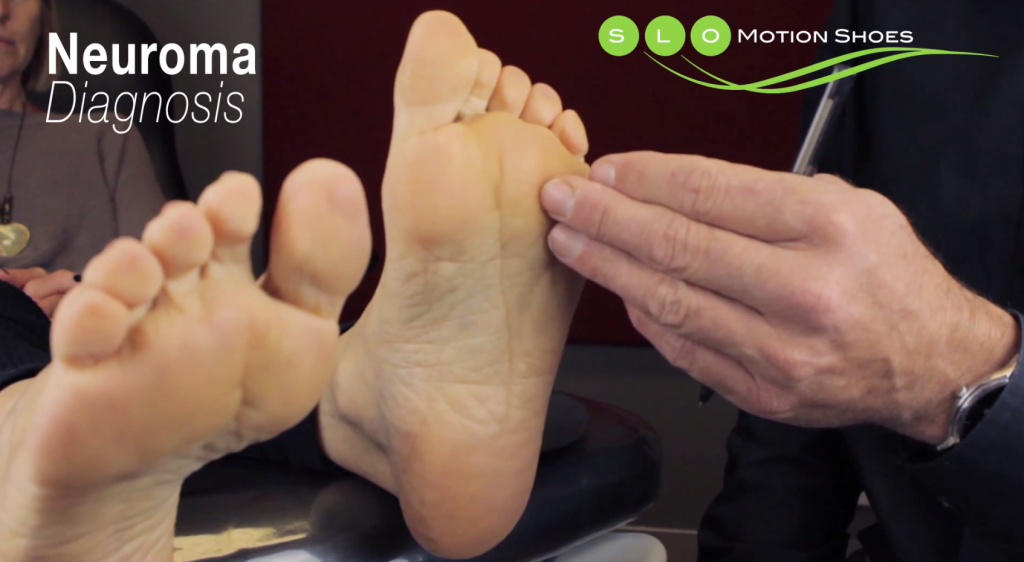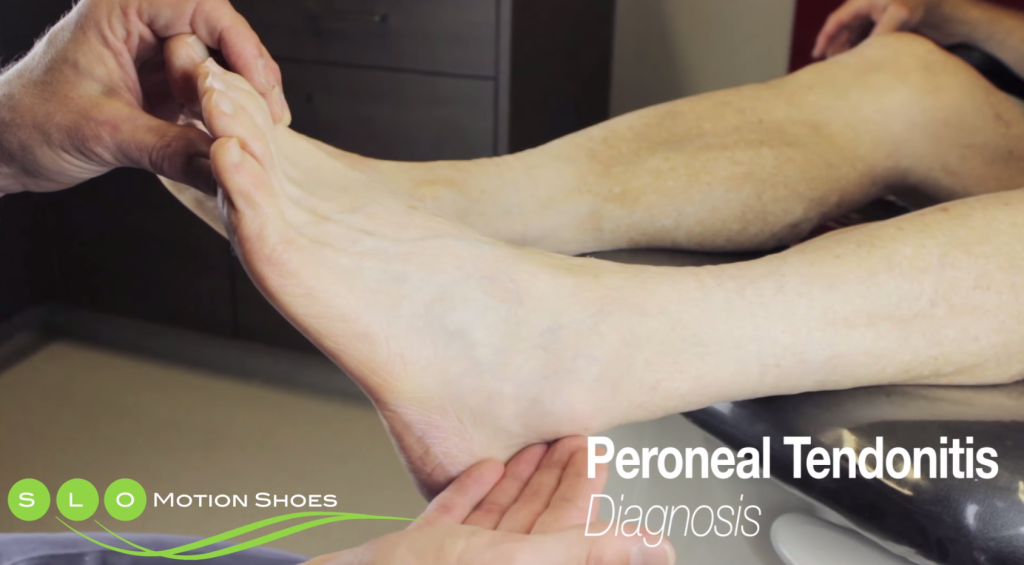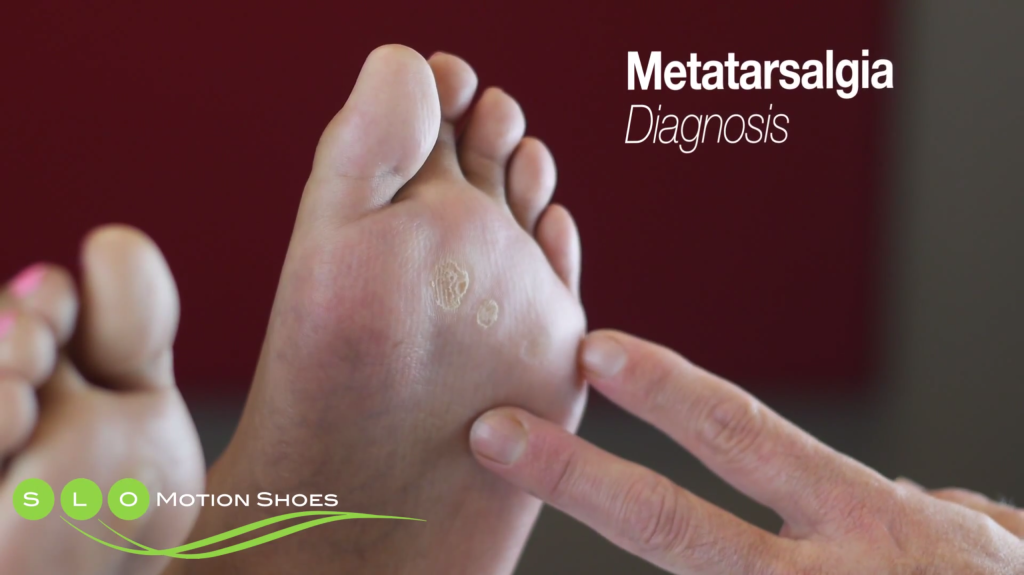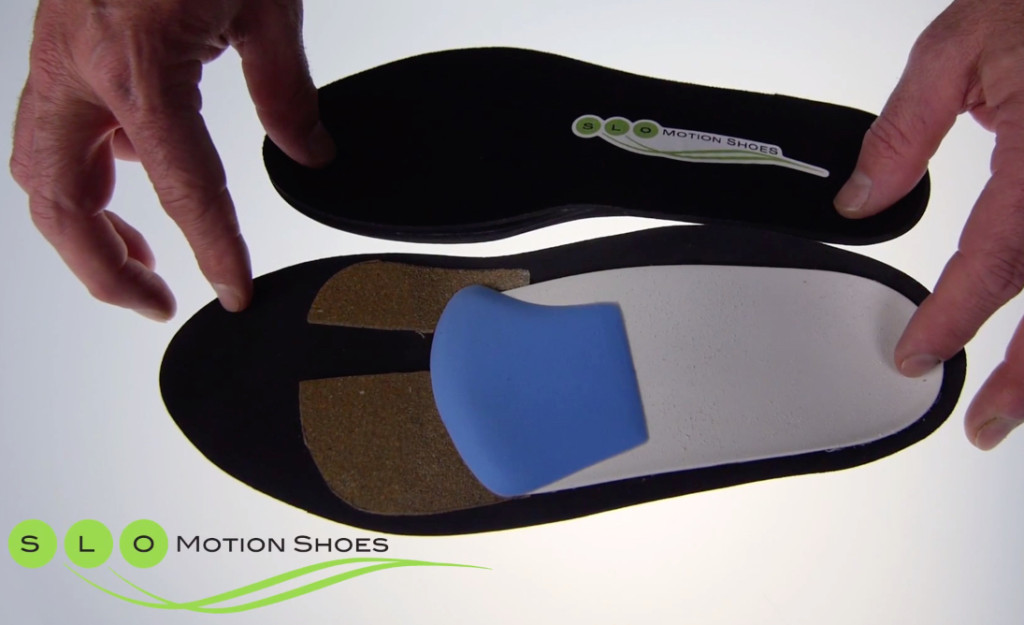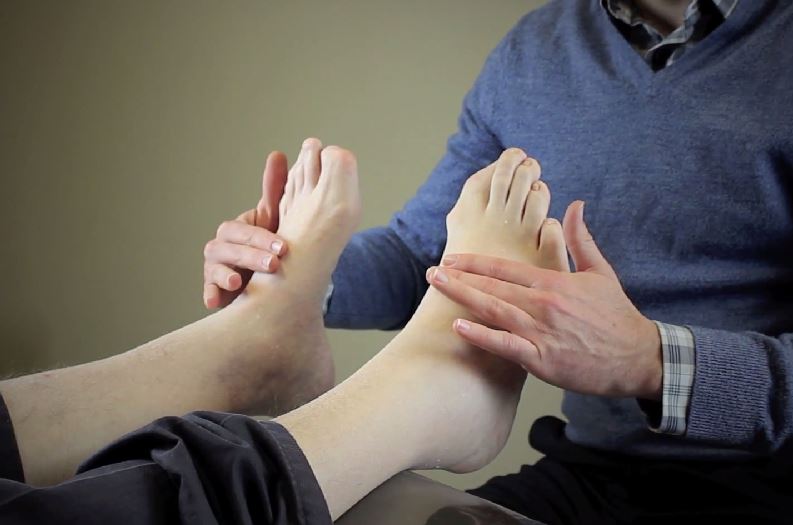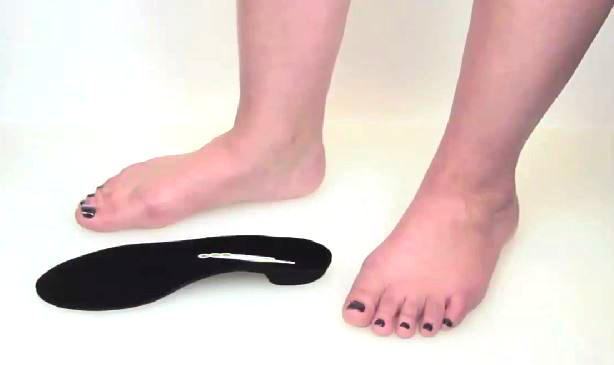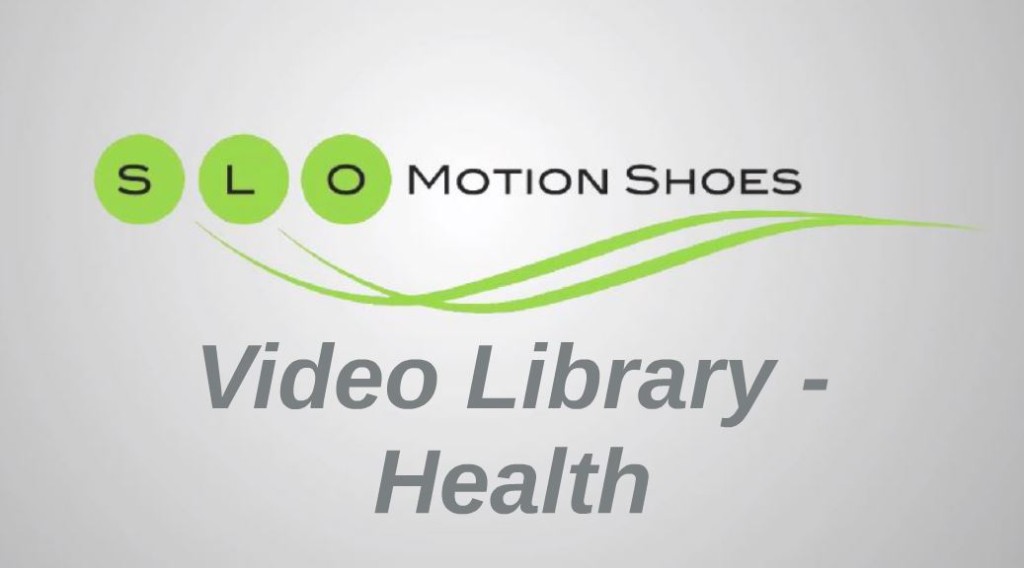
The Health health section of the SLO Motion Shoes library offers information on different topics of interest presented by the San Luis Podiatry Group Podiatrists and Pedorthists.
Intermetatarsal Neuroma
Intermetatarsal Neuromas are associated with acute sharp pain to the bottom of the foot and are most commonly seen between the 2nd and 3rd metatarsal bones or between 3rd and 4th metatarsal bones.
Peroneal Tendonitis
Peroneal Tendonitis is associated with pain to the outside region of the foot and ankle following the course of the peroneal tendons. Peroneal Tendonitis is most commonly seen in people with history of ankle sprains and people with Pes Cavus, or high arch.
Metatarsalgia
Metatarsalgia causes the ball of the foot to be inflamed and experience pain. One of the main causes of metatarsalgia is the reduction of the forefoot’s natural fat pad. This reduction in protection leaves the foot vulnerable to different types of injuries.
Condition Specific Orthotics
Many lower extremity conditions can be treated with the use of an over-the-counter orthotic. Special modifications can be made to the SLO Motion Orthotics sold in-store to directly target your specific area of discomfort through different offloading methods. Learn more about Condition Specific SLO Motion Orthotics from our series of informative video.
Diabetic Foot Assessment
According to the American Diabetes Association about 60% of non-traumatic lower-limb amputations among people aged 20 years or older occur in people with diagnosed diabetes. Learn about crucial assessments in the prevention of complications derived from diabetes from Brandon Slade, DPM from San Luis Podiatry Group.
Plantar Fasciitis
Plantar Fasciitis is the most common condition seen by podiatrists every year. Learn more about the causes and treatment of this debilitating condition from Chris Byrne, DPM of San Luis Podiatry Group and take a step towards recovery.
Over Pronation
Many lower extremity conditions are caused by over pronation. This mechanical condition leads to over use injuries in the foot and ankle areas which can become serious over time. Learn about controlling over pronation and staying step ahead of injuries from Chris Byrne, DPM of San Luis Podiatry Group.

